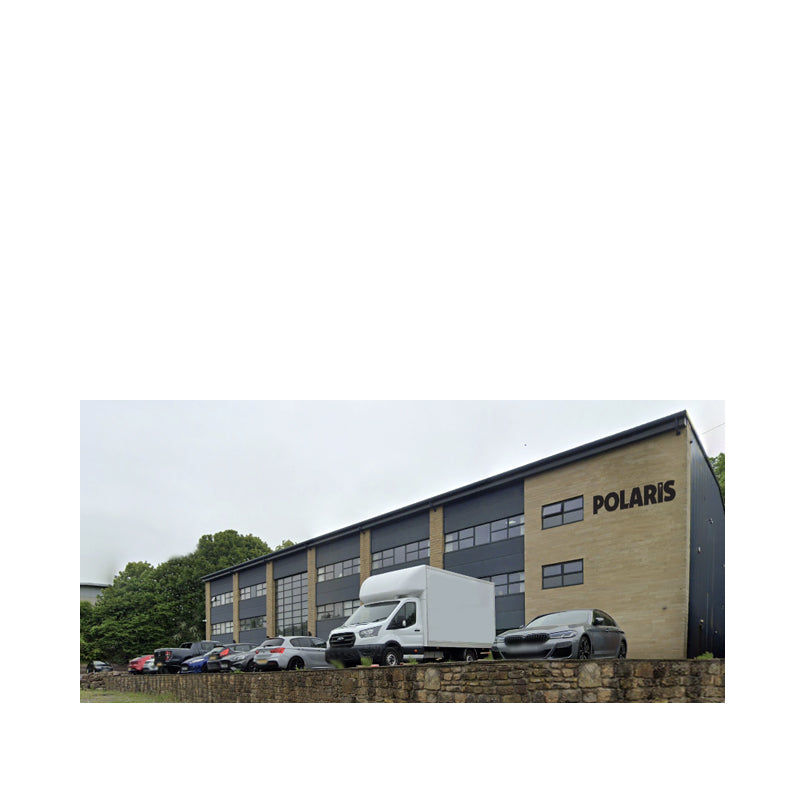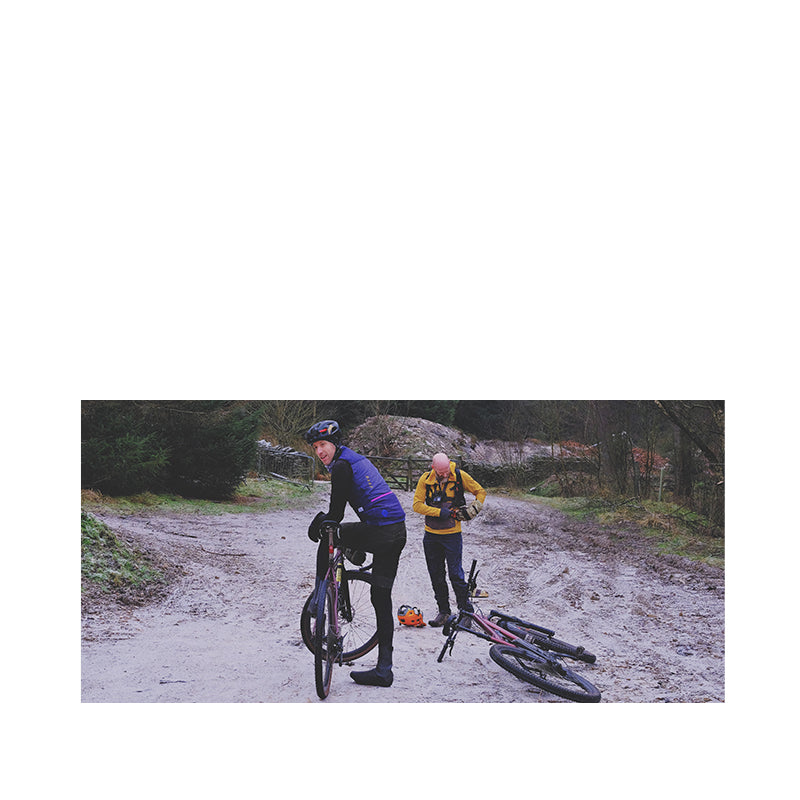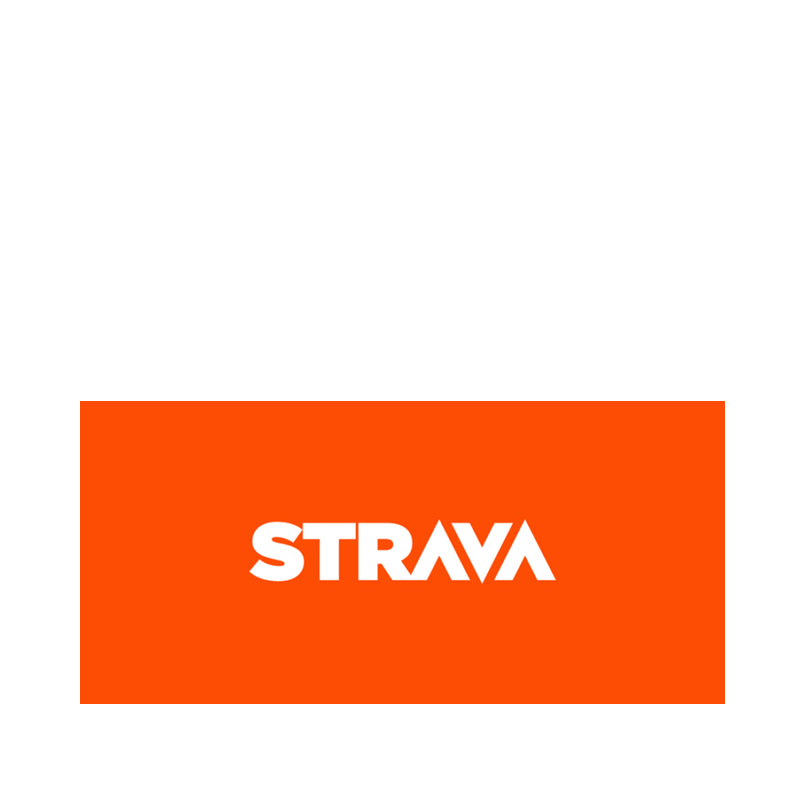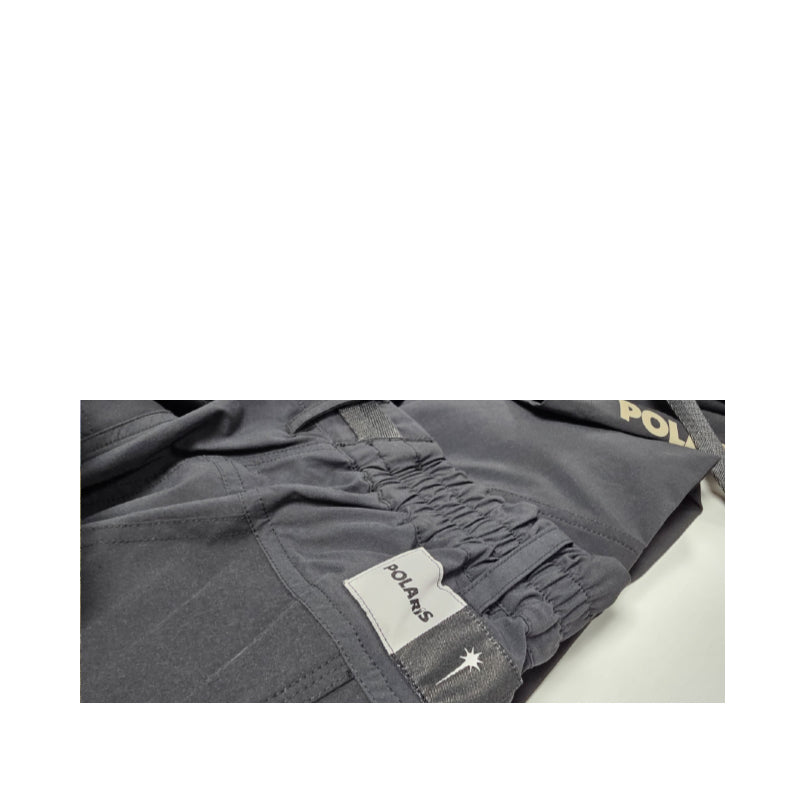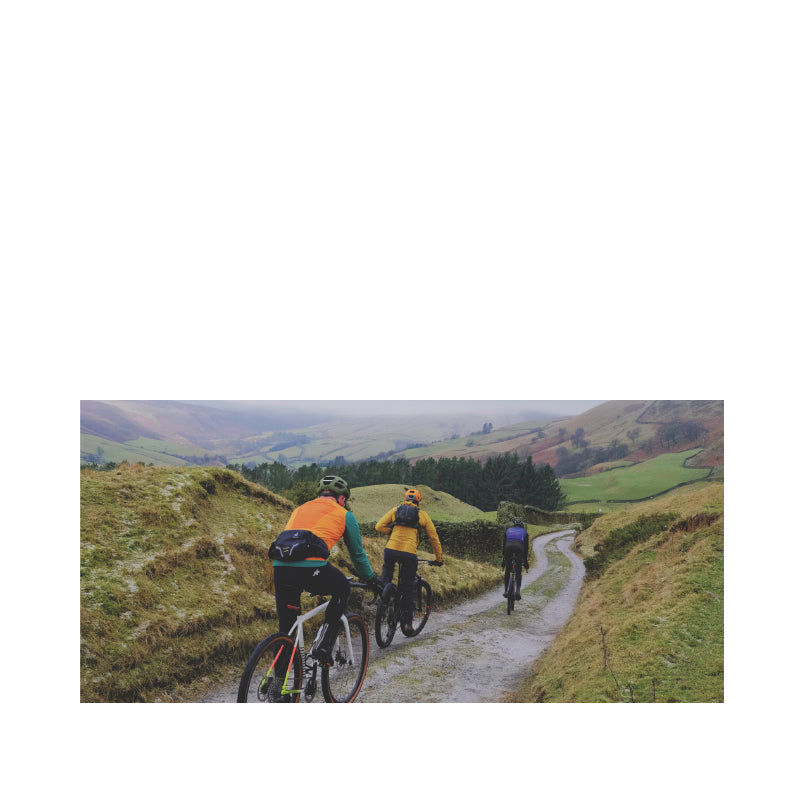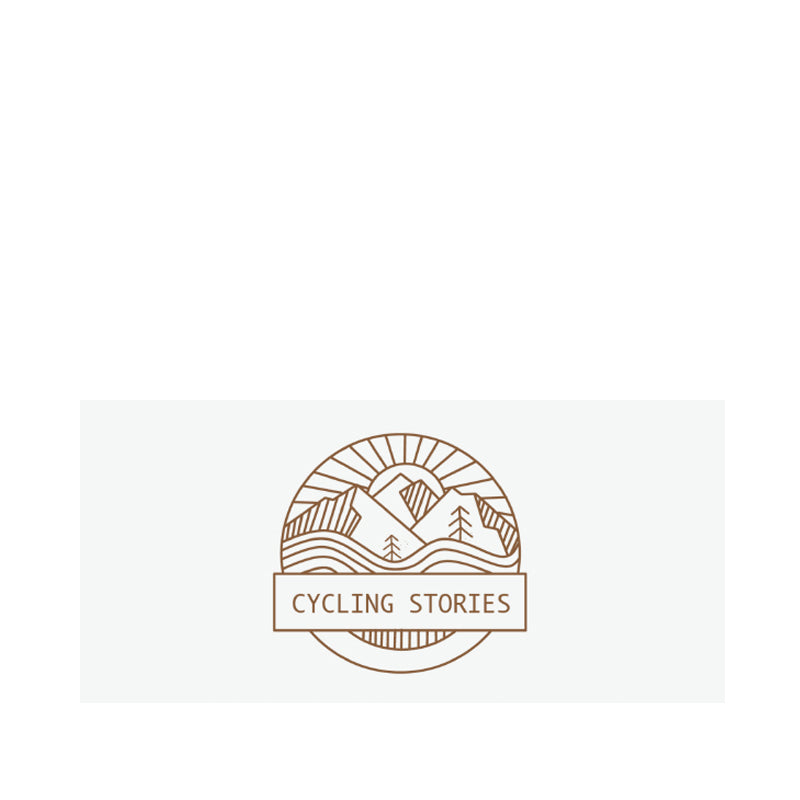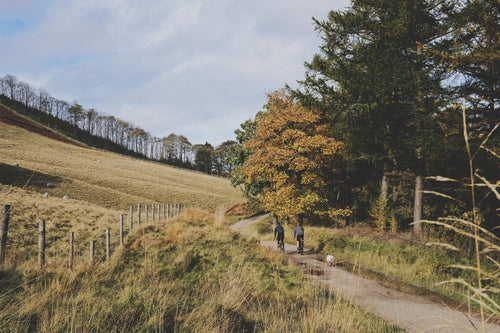How garment development in the cycling industry works
We want to write about the development of all our kit, in potentially more depth and honesty than you’re used to reading, because we want to be totally transparent in how we operate. ‘Disrupter’ is a bit of a buzz word in business circles – but for us it’s a genuine goal. Most people working on the Polaris brand relaunch are cycling industry veterans, and one thing we have all got tired of is the marketing hype that surrounds every new product release – promising a faster ride, a cooler ride, a warmer ride, a better ride. All it will cost you is everything in your wallet. But we’re here to prove that good quality, aesthetically pleasing, functional kit doesn’t have to cost the world. And we want to take you on the journey with us.
In this post we want to talk a little bit about the garment production process. You might find it interesting, but it will also make the posts about individual products that are to follow make more sense.
Polaris is a passion project being ran by a team that also own and run another business. This means that we don’t need to rush products through development to generate revenue to keep the lights on. We can take our time and put products through multiple iterations and lengthy test periods to make sure that they are exactly what we need them to be. If this means the release date gets knocked back a month or so, so be it.

The Production Process
Product testing and feedback is very much a team effort at Polaris, but there is one person who is largely responsible for making it all come together: Ben Harman. He’s been designing products for cycling and the outdoor industry for over 10 years now. We sat down with him and talked through the steps it takes to bring something new to market.
1. Fabric selection.
We request fabric samples from our chosen factories. We then take these sample fabrics and, as a team, talk about the feel and physical properties of them. Different garments need to do different things, and certain garments may be made up of several fabrics each with a specific purpose (think about the stretch panels on shorts and tees).
2. First prototype.
The fabric for the garment has been selected and we have sent over our designs and measurements for the factory to construct a prototype garment. The fit is as per our design, but the garment is made from whatever colours they have laying around in order to save the factory costs. The trim is also not typically as per our specification; zips may be substituted for cheaper alternatives for example. It’s important to realise that at this point the factory is trying to save as much money as possible and may make changes in order to do that, without realising how integral a feature is to our garment. For example, our prototype long sleeve jersey didn’t have the two-way zip we requested. This is not unusual and we simply let the manufacturer know that for the next round of samples we need the two-way zip.
3. Second prototype.
This is a refinement on the above. It could be that the selected fabric doesn’t work well with the measurements we provided, or it is not as breathable as we expected it to be. It could be that it simply doesn’t feel right when it’s on. So, we make a list of all these refinements from the first proto, let the factory know, they make the amends and send another sample back.
4. Fit samples.
Once prototypes are done, we order ‘fit samples’. This is a full run of sizes for the garment in question. The fabric is correct but they are still made from random colours, offcuts and end-of-roll fabrics. We use these to test the fit of the garment on a range of body types.
NB – the fit of cycling clothing is unusual, and could probably make an article unto itself. It’s sort of a given that certain brands, or lines of products within those brands, have a ‘race’ or ‘Italian fit’, which essentially means they are tight as holy heck. But it does leave uncertainty when you’re just trying to choose what jersey size you are. This means you have to order multiple sizes and then return the ones that aren’t right etc. etc. it’s a right faff that we are trying to avoid. We are designing our range to match ‘high street’ sizes. This means if you buy a medium from H&M, you’re a medium in our stuff. Simple.

5.Third, fourth, fifth sample…
This is where we might differ from other companies. Whereas most companies might go through one, maybe two rounds of sampling as they need to get product on the shelf and out the door, we can keep going until we’ve got it right.
At any point of sampling before pre-production samples (see below), we can choose to get an extra sample if we feel we are not quite there. Our thermal grid jersey is on its fourth round of tweaks (who knew how important pile is). This also means that we can torture test all our products. We ride in the rain and snow, the mud and the muck, we put everything through the wash and generally abuse it to see how it all holds up. We’re a UK based company and making stuff for UK riding. It needs to be real-world good.
6. Pre-production samples.
This is where it gets serious. This is a full run of the garment, in all sizes, using correct fabrics and trim. There is still time for amends at this stage, but at this point we ensure the changes in the fit sample round were made. This is the last overall review of the fit and to confirm the garment is constructed as directed through the fit process.
Until this point we might not have tested the garment with the correct zip, or toggles or other piece of trim, and when brought all together we might stumble into an unforeseen issue. But at this point the garment will be 90% there and should be fully functional. Frequently, the pre-production sample is the first time we get to review branded trims on the garment.
7. Gold seal.
These samples are taken from the actual production line. They should be updated with all the comments and modifications made during the previous stages. The gold samples serve as excellent references for future production. Typically, there isn’t much difference between pre-production and gold seal. It’s more a case of crossing the t’s and dotting the i’s at this point. Since these are the first samples with all the approved modifications and are made from the actual materials and trims, we will use these samples for marketing purposes instead of incurring the cost of another round of samples.
And that’s it, that’s the production process. Once the gold seal has been approved it’s time to get a full run shipped over.

Our Testing Process
We alluded to it above, but the testing process is a collaborative effort here at Polaris. There is a team of us who gather in a room and inspect each sample as it comes in. This includes people who have been cycling for 20+ years, and people who haven’t sat on a saddle in years. The varying degrees of knowledge actually works in our favour – the less experienced people have a tendency to ask questions that the more experienced people just take as a given – this in turn leads us to look at everything with a set of fresh eyes.
We also test ride the products as well. This is the most important stage – and when testing garments we tend to have a few questions in our mind:
- Fit – does it fit how we envisioned when we designed the product, and correctly for its intended use
- Temperature – does it regulate temperature in the way that we want it to
- Comfort – highly subjective, but this is why we test our products with various product users
- Performance – how well does the product hold up to real world use and abuse
- Suitability – this is one more intangible, but essentially how well does it do what we wanted it to do and does it fit with what we want from the brand
We often consider different things at different points – temperature is more important when we’re trying to decide on fabrics, but fit is more important when looking at the fit samples and how the garment is used in different types of riding discipline, for example.
And that’s it for our production process. We hope that this is insightful, but we love to chat, so if you have any questions about our production process just drop us a line.

